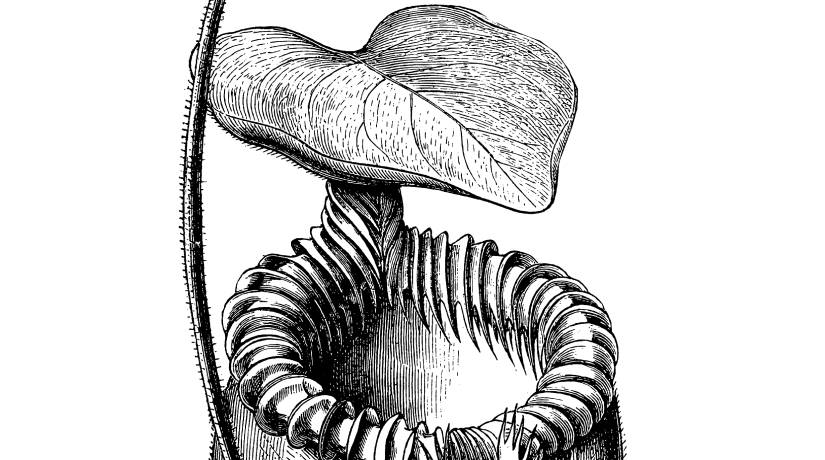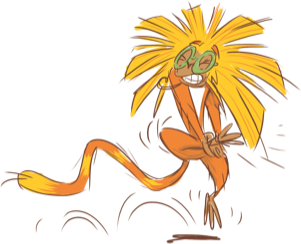In English
27 de outubro de 2020
Did you know that… CARNIVOROUS PLANTS – Level 2
Article published in Joca 159

Suggested by 9-year-old readers Júlia and Pietro
… in nature, carnivorous plants usually live in soil with few nutrients? That is why they capture animals to feed themselves. More than 600 species of these plants are known.
… some feed on small animals, such as flies, spiders and beetles? But there are those that also eat birds and rats. They are harmless to humans, since they do not have traps that can harm us.
… the different colours and brightness of the leaves of these plants draw in their prey? Some have shades of red and purple.
… they have eating strategies? Some “close” up to trap small animals. Others have leaves that are shaped like a jar, which causes the prey to fall in. Another example would be the ones that have sticky leaves that make it difficult for a potential “meal” to escape.
… to digest food, carnivorous plants rely on digestive enzymes? After coming into contact with the animal and dissolving it, the enzymes create a fluid that is absorbed by the plant.
Sources: Britannica encyclopedia, Fiocruz, Recreio magazine, and UOL
Questions
1) What are the colours of carnivorous plants for?
a) They have no specific function.
b) To improve the absorption of sunlight
c) To attract prey
d) To differentiate one plant from the other
2) Would you like to see a carnivorous plant close up? Why?
Ixi! Você bateu no paywall!
Ainda não é assinante? Assine agora e tenha acesso ilimitado ao conteúdo do Joca.












Você precisa fazer o login para publicar um comentário.